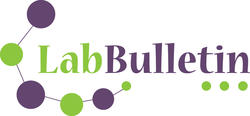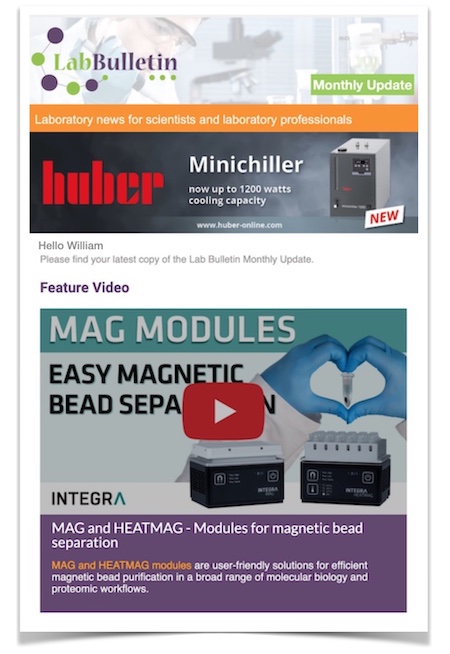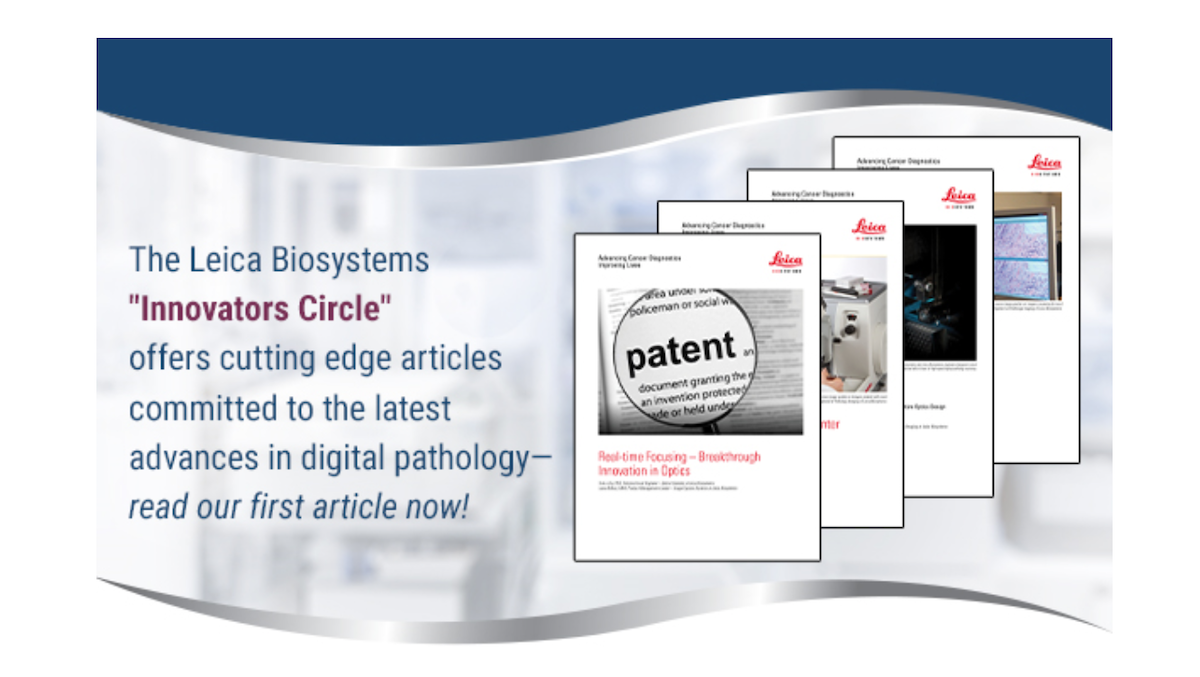Members Login

Channels
Special Offers & Promotions
Leica Biosytems now offers Innovative Circles cutting edge articles
 Real-Time Focusing: Breakthrough Innovation in Optics
Real-Time Focusing: Breakthrough Innovation in Optics
An Innovation Breakthrough Story
Leica Biosystems is always innovating across our 12 global Research and Development sites. Over the last several years, our digital pathology engineers in Pathology Imaging have approached many different ways to achieve extremely high-speed line scanning at 40x magnification. Our engineers evaluated multiple technologies and some were more promising than others. The real breakthrough came when the engineering team took a novel approach to real time focusing (RTF). This novel approach resulted in a patent being granted to Leica Biosystems (USPTO patent #9,841,590)
How RTF works
For the technical gurus, here is a summary of how RTF works. Simply put, RTF is a novel method to capture a digital image of a slide using an imaging line sensor and a focusing line sensor. While scanning, the focusing line sensor receives focusing data of the tissue, while the proprietary algorithms determine the best focus value in a graphics processing unit (GPU) in real time. Then, each best focus value is fed to the objective position via a control loop on the fly, allowing the image to be captured continuously at its best possible focus. Hence, real time focusing.
The Problem RTF solves – potential to scale up digital pathology operations
Over the last several years, product development teams at Leica Biosystems have studied barriers to scaling up digital pathology by visiting Pathologists in high volume anatomic pathology labs around the world. A common theme that was observed is that scan speeds of current digital pathology offerings are not fast enough at 40x magnification to keep up with high volume scanning (120,000+ slides per year). The consequent problem with this is that the use of digital pathology in high volume labs has been reluctantly limited to going digital for one or two organs only, such as breast or prostate samples. RTF offers the potential to solve this problem. By employing RTF there is an opportunity to achieve extremely fast scan speeds at 40x while simultaneously maintaining excellent focus on the tissue sample. Consequently, this may lead to an opportunity to combine high speed scanning with high volume slide production in anatomic pathology labs. The main benefit of this would be the ability to significantly scale up digital pathology operations. Further studies are ongoing to evaluate this technology by Leica Biosystems engineers, but the future looks bright!
Coming Soon! Look for the next article about how Leica Biosystems uses an innovative testing method to measure histotechnician usability of pathology products.
For Research Use Only. Not for Use in Diagnostic Procedures.
Copyright © 2019 Leica Biosystems Imaging, Inc. All Rights Reserved. LEICA and the Leica logo are registered trademarks of Leica Microsystems IR GmbH. 18839 Rev A ? 1/2019
Media Partners



